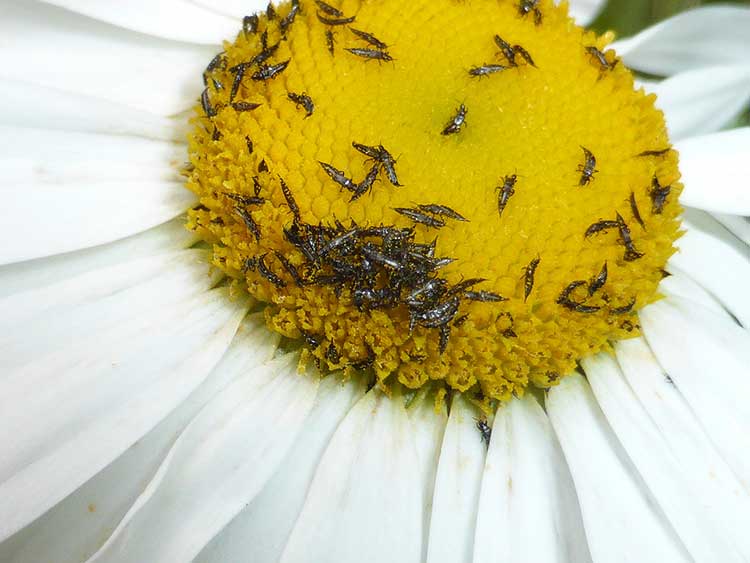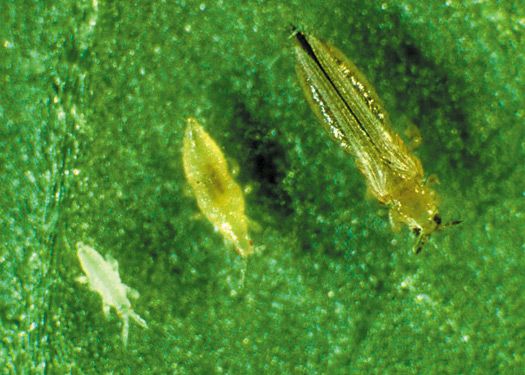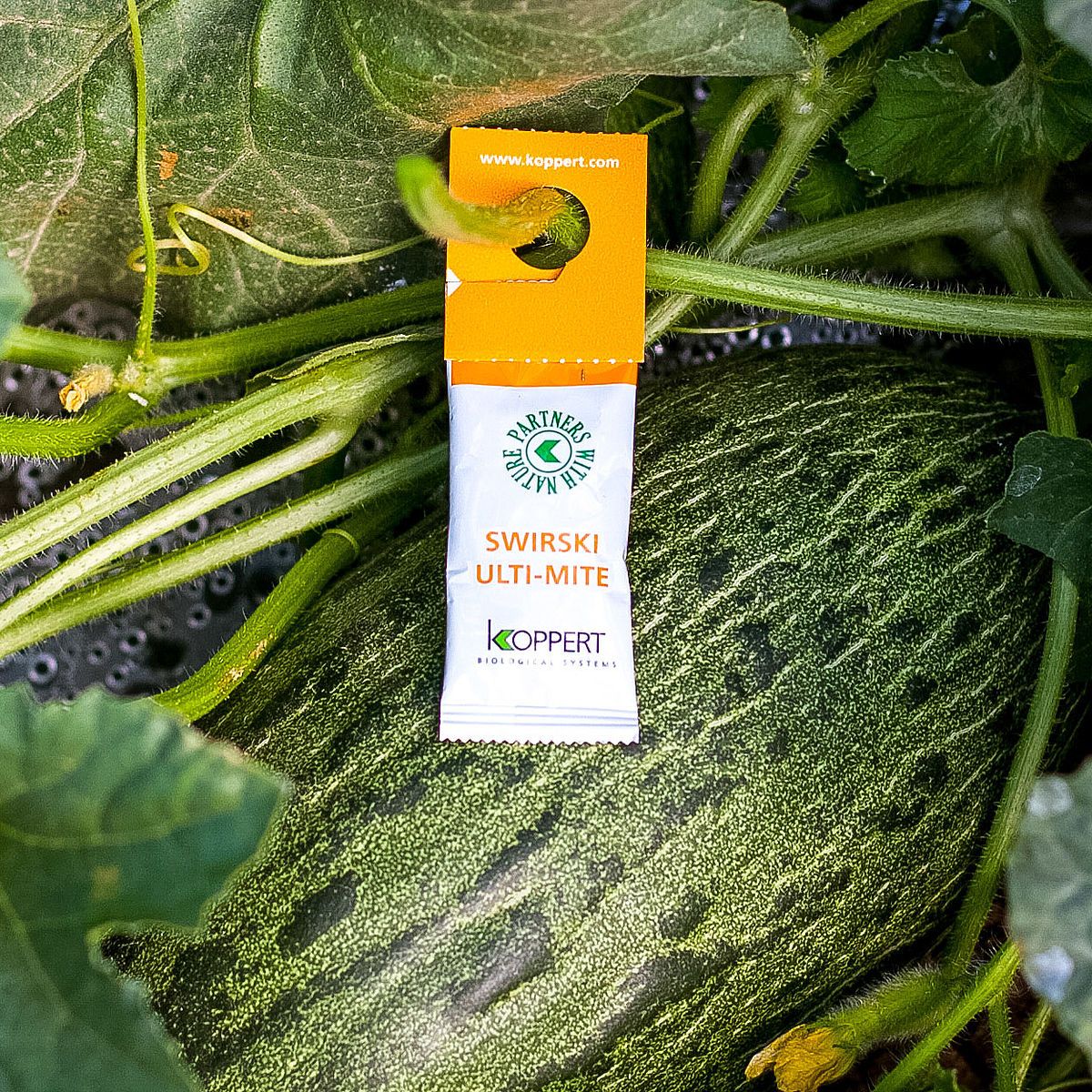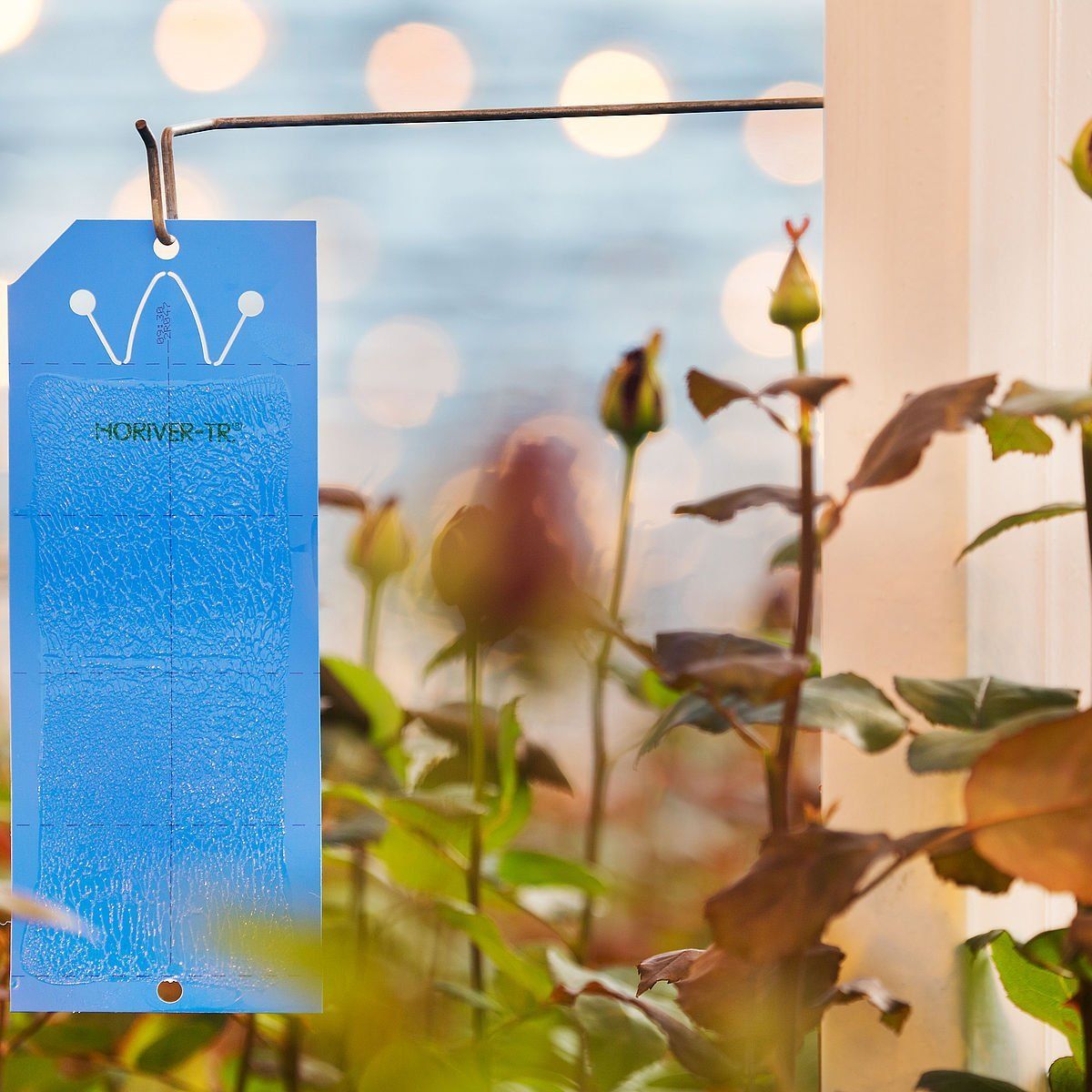How to get rid of thrips [CAN]
You've just discovered some pests on your plants - now what? I will discuss how to identify if you a thrips infestation and how I have successfully eradicated them from my plant collection.
![How to get rid of thrips [CAN]](/content/images/2021/01/thripsdamage-1.png)
You've just discovered some pests on your plants - now what? I will discuss how to identify if you have a thrips infestation and how I have successfully eradicated them from my plant collection.


What are thrips?
Thrips (order Thrysanoptera) are a common pest found on both indoor and outdoor plants. Entomologists have described approximately 6,000 different species of thrips. It is easiest to identify the species of thrips in adults, highly difficult in larval stage.
Thrips are thin, long and slender, typically straw-coloured or black with fringed wings. Of those which can fly, they fly weakly as their feathered wings are not suitable for conventional flight, like most other insects; their wings support clap and fling flight.
Adults are very small and range in size from 0.5 to 14 mm (0.02 to 0.55 inches) in length. But thrips commonly found in indoor plants are typically 1 mm (<1/4 inches) in length. Thrips in the larval stage tend to be yellow or green.

Life Cycle
The life cycle of thrips depends on the particular species. But it is typically comprised of 5 to 6 stages: egg, (1 or 2 stages) larval, prepupa, pupa, and adult. The specifics of the life cycle depend on the species of thrips. But typically females can lay 30-80 eggs which hatch within days in the summer or weeks to months in the winter.

Adult thrips can overwinter by hiding in plant debris, soil, or other materials. They become active in warmer weather and then lay their eggs in plant tissue such as leaves or soft part of stems.
Once an egg is hatched, the larva begins to feed on the plant sap. After further development, the larva typically falls to the soil to pupate. Thrips in the pupa stage can be identified by their developing wings. Adult thrips have fully developed fringed wings.
For more details on the life cycle, check out this interesting video:
Thrips Damage
Thrips cause damage to plants by piercing the cells of surface tissue, sucking out the nutrients, and causing the surrounding tissue to die. The resultant damage is characterized by silvery speckling and patches on leaves, and black dots which is their poop. The plant begins to suffer due to loss of chlorophyll and with serious infestations, the leaves can shrivel.

Steps to eradicate thrips:
Preface: My approach is draconian and relentless. You must be vigilant and intense to eradicate these plant terrorists!
Tip: The best way to deal with thrips is to never have an outbreak. Always quarantine your new plants for at least a month before introducing them to your collection. If after a month, you see no signs of pests, let them meet their new friends!
Step 1: Quarantine isolated plants ASAP
If you noticed your plants have the above damage, quarantine them immediately. Check all plants in the vicinity to see if they are also infected.
Think of thrips like coronavirus, even plants need some social distancing if they're sick to prevent their plant friends from also getting sick.

Step 2: Remove from media and clean the leaves
First, depending on how severe the infestation is, I remove the plant from its media (soil, LECA, moss, perlite, whatever) because as we read above, larva drop to soil to pupate. I attempt to get as much of the media off the roots as possible. I then prepare my sink for their death bath.
Death bath recipe:
- Water (fill the sink with enough water to submerge your plants, my sink is about 20 L)
- 15 mL of 70-99% isopropyl alcohol
- 15 mL of hydrogen peroxide
- 15 mL of neem oil
- 15 mL of Dawn Dish Soap (or Black Soap)
Note: Soap is a surfactant that when added to oil and water allow it to mix better because it surrounds the oil molecules and breaks it into smaller droplets.
I fully submerge the infected plants in the death bath for an hour or so.
Alternative pesticide products: These products are ready-made sprays that you can use on your plants in between death baths.
Step 3: Keep plants isolated
After the death bath, I put the infected plants in a clear plastic bin with some water on their roots.


To take it up a notch, add mosquito dunks to the water to kill the larva that drop down. I break up one mosquito dunk into smaller pieces and place a small chunk in the water of the plastic bin.
Mosquito dunks are a safe and non-toxic way to control mosquitoes and larvae. They contain Bacillus thuringiensis israelensis (B.t.i.), a bacterium that is only deadly to mosquito larvae but harmless to other living things (e.g., beneficial mites, animals, humans, honeybees). When the larvae consume the B.t.i. released into the water, it releases toxins into the larvae's gut causing it to stop eating and eventually die.


Two weeks later, I repeat Step 2, putting the plants back into the death bath. Then return them to their plastic bins as in Step 3 and wait another two weeks.
Step 4: Closely monitor plants
Throughout the process, keep monitoring the infected plants to see if the thrips return. After one or one-and-a-half months, you no longer see signs of thrips, you may return the plant to your plant collection. If you still see signs of thrips, continue the process for another two weeks.
Step 5: Biological control of thrips (Optional step)
A few weeks after returning the now uninfected plants to my collection, I like to add predatory mites. It is imperative that you wait a few weeks to allow time for the death bath solution to dissipate as it will also kill the predatory mites.
Amblyseius swirskii is a predatory mite effective on young larvae of various thrips species, eggs and larvae of whitefly, and tarsonemid mites.
I have been very happy with my predatory mites from Kopperts Biological Systems. They come in little foil sachets (compostable) which contain 250 predatory mites. Simply hang the sachets on your plants and they mites will exit when they are ready.
Note: You must apply the mites within 1-2 days of receiving them. They will have greater longevity if released in a high-humidity space such as a greenhouse.

Step 6: Continue monitoring
If the thrips infestation has made you anxious, continue monitoring easily with Horiver strips. Unlike the yellow ones you have probably seen used for fungus gnats, these strips are specific for thrips, which apparently are attracted to the colour blue.

Summary:

